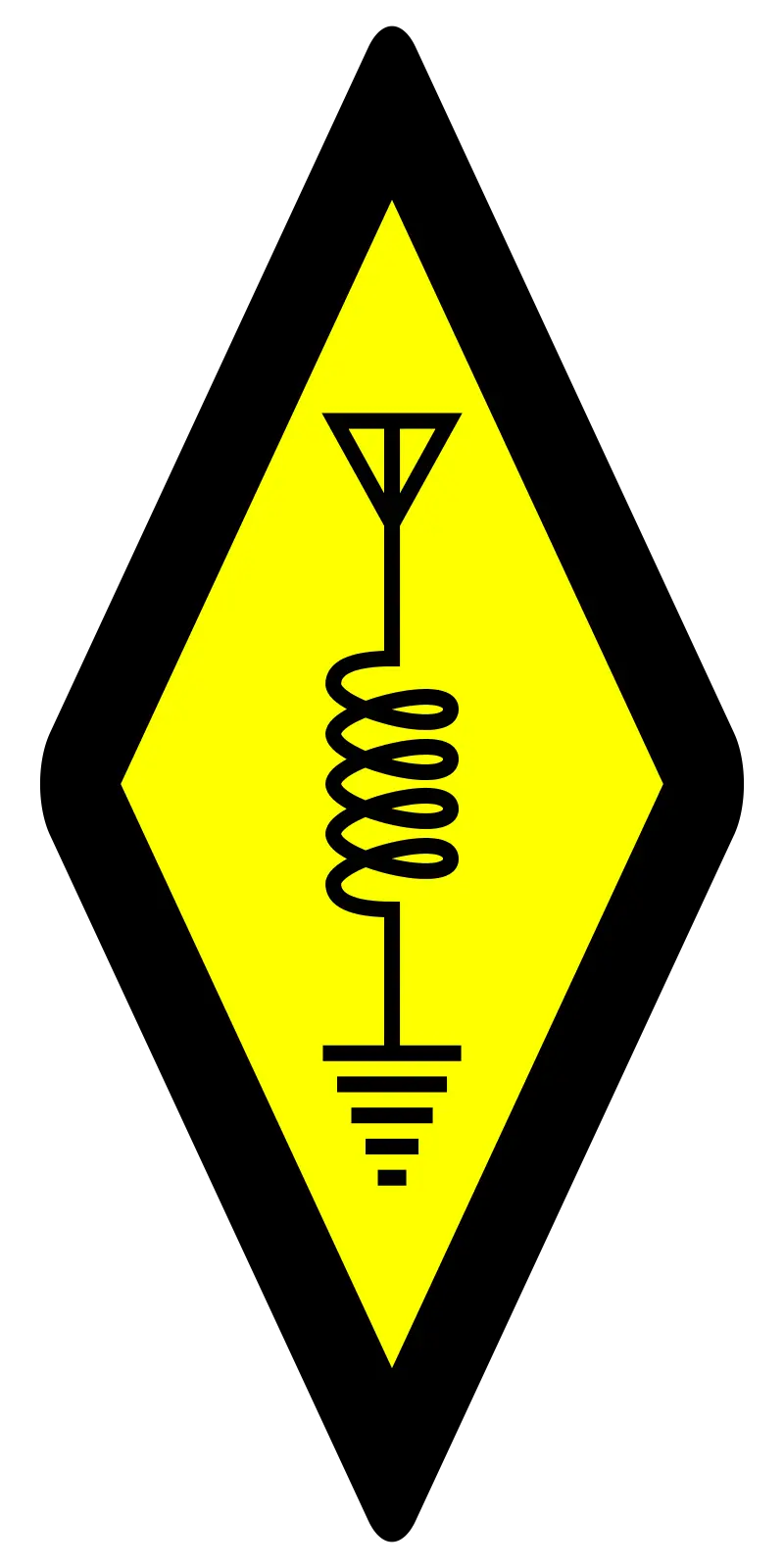

… you had one job …
Anything and everything Amateur Radio and beyond. Heavily into Open Source and SDR, working on a multi band monitor and transmitter.
#geek #nerd #hamradio VK6FLAB #podcaster #australia #ITProfessional #voiceover #opentowork


… you had one job …


As it happens, the ABC is already available on DAB+, so in some ways it’s a step backwards 😇


For a time it was Solitaire, but these days it’s 2048.


And precisely how will you achieve the minimum standard of sustaining human life … trivial things like food and lodging?


That’s very interesting.
A little while ago we tested a bunch of radios for their spurious emissions. Until this post I was unaware that these radios were not tested by the FCC and that it appears that this is also true for other amateur transceivers.
For your information, here’s our report: https://github.com/vk6flab/rhp


It’s dinner time and why haven’t you fed me yet?
I’m clearly starving, why haven’t you fed me yet?
I’m not kidding around, why haven’t you fed me yet?


Have a look at the modlog.


Fair question.
What it boils down to is: Become part of the OSS community.
In my experience, there’s no other way, since the alternative is to be automatically part of the Microsoft (or Apple) community.
In other words, you need to make the investment into the implementation. As I’ve said elsewhere, license costs are insignificant.
The community is where you get help, where you find others with the same issues. You can pay the likes of Canonical and Redhat, but I’ve never been impressed by either.
Ultimately any solution requires support, just like any other tool. You just need to make it explicit, rather than assumed.
One thing that Microsoft does to ensure that you have support infrastructure is to continually break backwards compatibility in subtle ways that require you to open your wallet and pay for support.
OSS will likely run for years without adult supervision, but that doesn’t mean it can continue to work without requiring support from time to time. If you don’t prepare for this, you’re going to be very unhappy.


I’m talking about the reality of an organisation digging itself out of the hole created by projects such as described by OP.
I get the call from such organisations to help fix their issues and sometimes I can even help, more often than not it’s a time consuming effort (ie. expensive) to get to a point where the systems are in place to avoid the next catastrophe.
The reason that Microsoft keeps getting mind share and revenue is because there’s so much of that expertise around.
There’s loads of OSS professionals, myself included, but we’re a drop in the ocean by comparison.
In many cases an OSS deployment is the equivalent of “my nephew helped set this up” and it’s not helping the overall picture in the wider community.
If you’re going to deploy OSS, then you must consider the support implications before you start, anything else is unprofessional. License fees are insignificant by comparison.


Here’s three:
You’ll notice that I’m being deliberately vague.
All these share the exact scenario that the OP outlines. The organisations involved didn’t know that they were in deep trouble until well after the project instigator departed. No documentation, no updates, no training, handover, nothing beyond a set of credentials.


Right until your PostgreSQL server goes down and you can’t call your IT department and have to start hunting for a contractor, find a budget, get it signed off by management and HR, then on-board the new staff member, that is, after you advertised the position, did job interviews, after first filtering through the 700 … or two, applications, each plausibly generated by a ChatGPT session. Give it something like six months in a big organisation, less in a nimble one.
Does an “entrenched” anything sound “nimble” to you?
Have you told her this, just like you have here?


And that right there is why Windows is so entrenched.
If you want this for real, adoption of open source, then treat it properly. Consider the business impact of your absence, document the systems, train others, otherwise this is just another timebomb waiting to go off and with it any hope of weakening the Microsoft stranglehold on the company and its C-suite.
I’ve lost count of the number of such “projects” I’ve encountered in my professional career.
This is not doing anyone any favours, least of all yourself.


Given the “deeply entrenched windows” in the company, together with a presumably similarly equipped ICT department, how are you protecting your department and the company against your absence?
In other words, what happens if you get hit by a bus?


I understand the sentiment and have experienced the science version of it, even said so out loud in a forum once.
I’m not sure if amateur radio is cut from the same cloth.
Whilst I acknowledge that there are some who’s biggest life achievement was passing their amateur licence exam, it’s not true for the majority of wonderful amateurs.
I’m wondering about how we can harness the changes that the regulator and technology inevitably introduces and find a way to make that change part of the mindset that comes with the hobby.


Well, unless it came back in the last 25 minutes, it’s working fine in Western Australia.


You raise an important question, one that I don’t have a good answer for, despite having been part of the amateur radio community for 15 years.
Here’s how I’d approach this.
In the case of natural disasters, there’s often frequencies set aside for emergency traffic, which presumably is the way to get messages into a disaster zone.
If you’re describing that, then I suspect that the amateur radio emergency organisation in your country is the place to start, which raises the questions, which one and how?
If you’re describing something less than a natural disaster, talking to your local amateur radio club might be a better way to go, with the same questions.
If I had HF access right now, I’d get on air and make noise for you, but I don’t.
Finally, what message are you trying to get where?
That seems odd to ask on a public forum, but anything we do on HF is going to be public, more so than here on Lemmy.
Because they’re all copying each it homework?